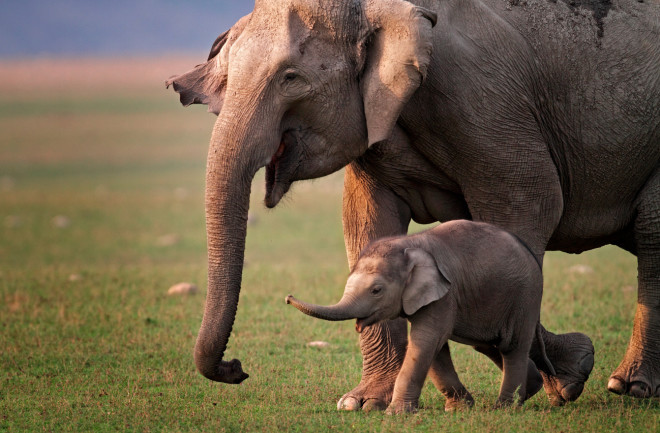When beluga whales communicate with one another, certain vocalization cues reveal their social structures. When meerkats face an approaching predator, they use a complicated set of alarm calls depending on how close and dangerous it is.
And in the skies, birds also communicate danger — along with things like mating status — to others in their flock.
Now, scientists are harnessing the power of machine learning to build a program that can decipher all these forms of animal communication, and more, by analyzing huge data sets.
“Everything we understand about animal signals so far comes from the geniuses that observed them,” says Katie Zacarian, cofounder and CEO of the Earth Species Project (ESP), a nonprofit organization working on creating this tool. “We know that it will dramatically accelerate the field of ethology and animal welfare.”

